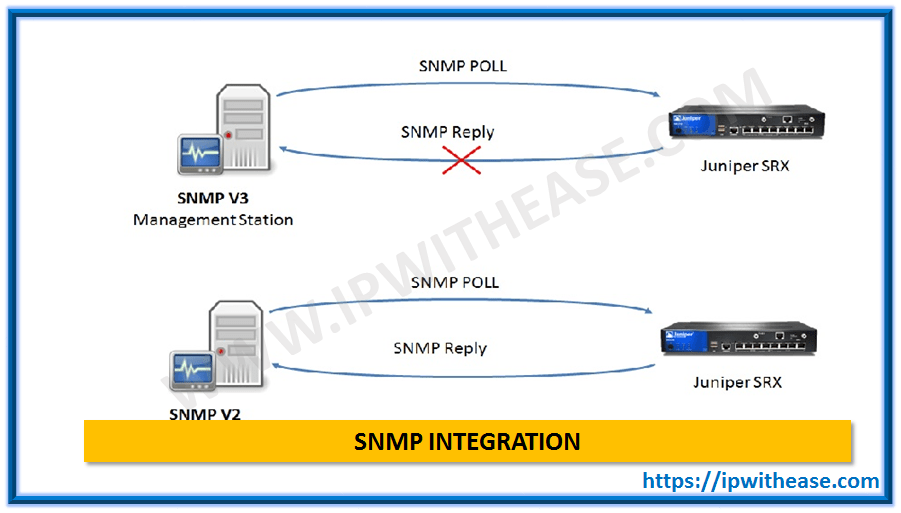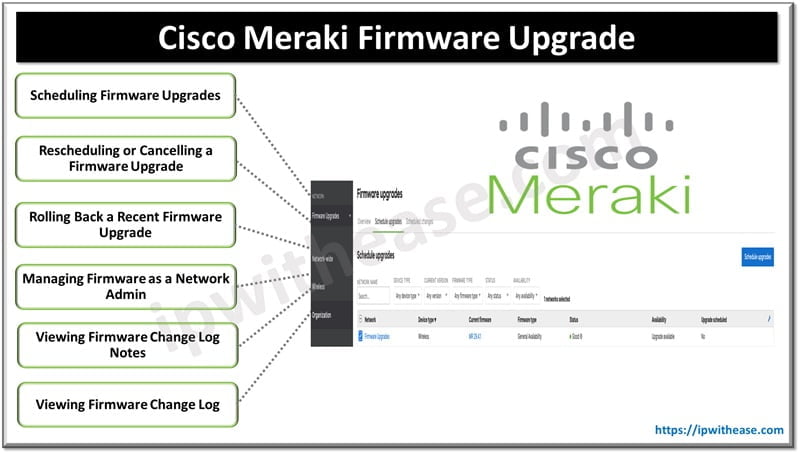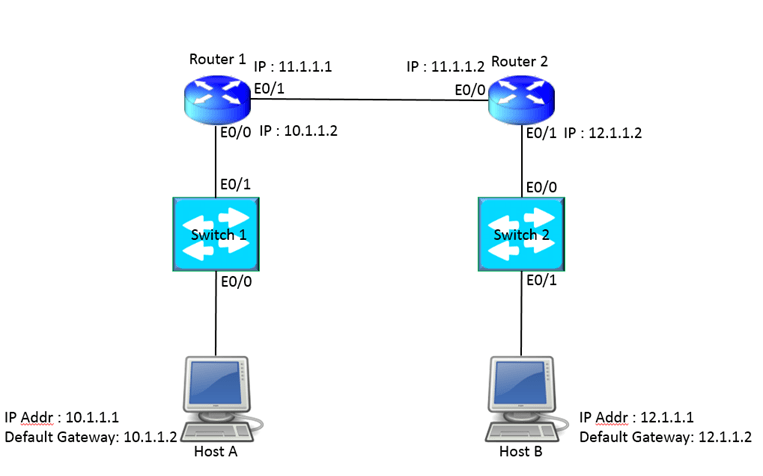Table of Contents
Overlay Technologies
With ever increasing demand on applications/compute like workload mobility, resiliency, performance and compute efficiency requirements, the underlay and overlay networking technologies were expected to evolve and facilitate the services running over them.
These key necessities lead to the introduction of Overlay technologies. One more benefit of Overlay technologies is that changes can occur in the underlay without affecting the overlay. This also makes scaling easier, as L3 devices can be added, removed, or upgraded, without the need to redesign the overlay network.
Two very widely used Overlay technologies are VxLAN and Cisco OTV. While the former (VxLAN) is fairly new and advanced compared to the latter (OTV), however a 40,000-foot view surely makes us believe that both are more or less the same concept and address the similar requirement of extending layer2 domains across geographically separate Layer3 locations. Having said that, let’s further drill down and understand both the concepts and how each is not particularly similar to the other.
What is VxLAN?
VXLAN is an overlay encapsulation technology (network overlay and tunnelling technology) which allows us to extend Layer 2 across a Layer 3 routed infrastructure. VxLAN is an overlay solution introduced by collaboration of the trio of VMware, Cisco, and Arista Networks and is an IETF draft standard with purpose to span physical Layer 3 network boundaries.
In order to support scalability of large numbers of layer 2 enabled networks, which can co-exist across a common layer 3 infrastructure, VxLAN utilises MAC-In-IP encapsulation. Unlike VLAN, which supports 4,000+ VLANs, VXLAN can create 16 million + segments of layer 2 networks. Interestingly, NSX and ACI both use VXLAN, though NSX has stuck eyes on Geneve, (Discussion about Geneve and VxLAN will be considered in a separate article).
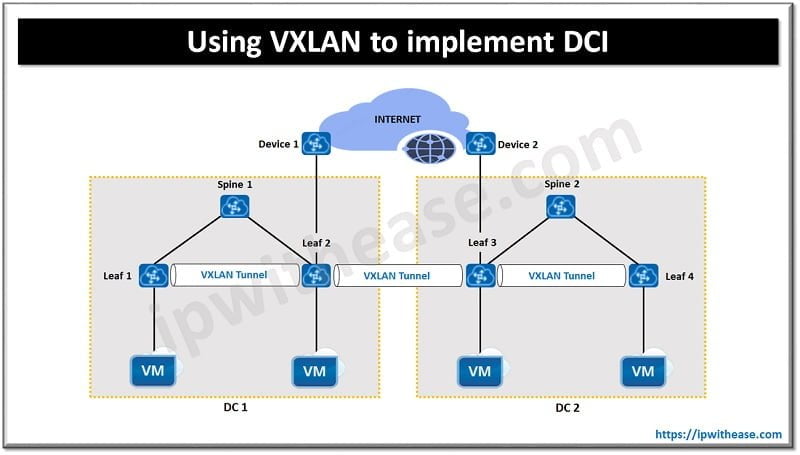
What is OTV?
OTV stands for Overlay transport virtualization and is responsible for Overlay Transport common layer 3 infrastructure. Instead of being limited to 4,000+ VLANs, VXLAN can theoretically be used to create millions of networks. OTV was planned by Cisco not only to resolve the obstacle of extending Layer 2 over a Layer 3 network, but also to limit the Spanning tree topology to a single DC.
Cisco OTV introduced the concept of “MAC routing,” i.e., a control plane protocol is used to exchange MAC reachability information between network devices and at the same time providing LAN extension feature support. By using a control plane protocol, OTV provides benefits like scalability of MAC address learning, reduce traffic flooding, and isolate layer 2 failure domains. Notably, OTV was designed by Cisco not only to address this problem of extending Layer 2 over a Layer 3 network, but also to limit the Spanning tree topology to a single DC.
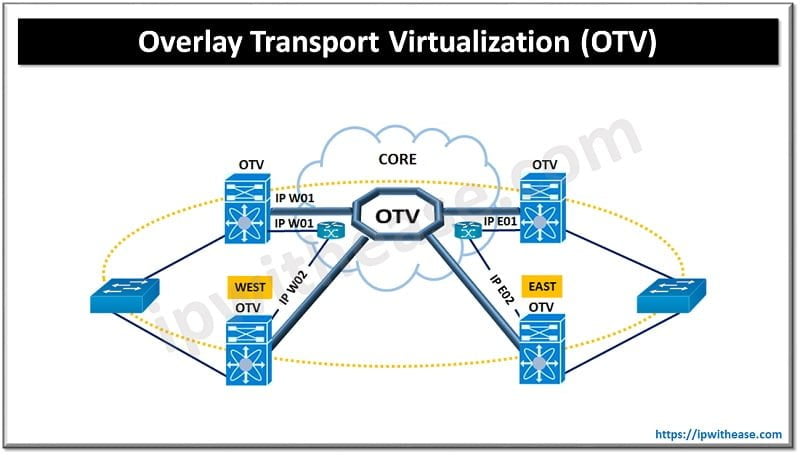
Difference between VxLAN and OTV
Now, let’s understand some of the contrasting features of both topics in discussion –
- VxLAN was introduced in 2014, its key objective was to extend Layer2 networks across Data Centers. Impressively, VxLAN is not limited by vendor lock-in, unlike OTV, which is limited to Cisco platform only. While VxLAN extends VLAN in the same Data Center, Inter Data Centers or Campus, on the other hand OTV Implements DCI with stretched subnets across Data Centers only.
- VxLAN and OTV are both supported by Cisco platforms like Nexus 9k,7k and CSR1000v. Additionally, VxLAN has broader platform support including Nexus 5600, Nexus 1000V, ASR 1000 and ISR4451. Nonetheless, VxLAN is also supported by other vendor products like Vmware NSX etc. VxLAN also has the flexibility to be run in software and as well in hardware. For instance, Nexus 9000-EX platform implements VxLAN in the ASIC in order to provide better performance.
- While the former has showcased much faster convergence, the latter lags in convergence speed.
- Moving further, though both protocols support the MAC-in-IP approach, however, the terms used are contrastingly different. VxLAN uses terms like VTEP, VNI etc., whereas OTV related terms are Edge Device (ED), Internal Interfaces, Join Interface and Overlay Interface.
- VxLAN suffers with control plane learning where it uses flood and learn mechanisms, however gets a boost when bundled with EVPN making it more scalable and efficient. Unlike VxLAN, OTV uses ISIS as the control plane protocol.
Comparison Table: VxLAN vs OTV
The detail differences between both protocols have been shared in below table –
PARAMETER | VxLAN | OTV |
| Full Form | Virtual Extensible LAN | Overlay Transport Virtualization |
| Proprietary | No, it’s vendor independent | Yes, Cisco proprietary |
| Key purpose | To extend VLAN in the same Data Center, Inter Data Centers or Campus | Implement DCI with stretched subnets across Data Centers |
| Supported Hardware | Nexus 9000 Nexus 7000 Nexus 5600Nexus 1000VASR 1000ISR4451CSR1000v | ASR 1000 Nexus 7000Nexus 9000CSR 1000V
|
| Convergence | Fast | Slower than VxLAN |
| Solutions using the technology | NSX and ACI both use VXLAN | Most of the times, Cisco Nexus 7K in Data Centers (DCI Links) |
| Terminologies | VTEP, VNI | Edge Device (ED), Internal Interfaces, Join Interface, Overlay Interface |
| Control protocol | Uses flood and learn or BGP and EVPN | ISIS |
| Scalability | 16 million + segments possible | Limited scalability upto number of VLANS (4096) |
| Scope | Interconnection of VXLAN-based Fabric | Interconnection of Traditional-based DC Network |
| Intra-DC communication | Supported | Not Supported |
| Inter-DC communication (DCI) | Supported | Supported |
| Load Balancing over Multiple links | Supported | Limited (only based on VLAN IDs) |
Watch Related Video
Continue Reading:
VXLAN vs VRF Lite: Detailed Comparison

